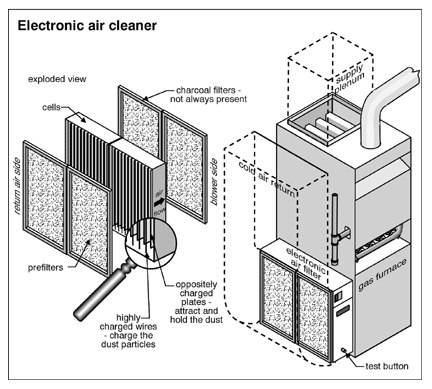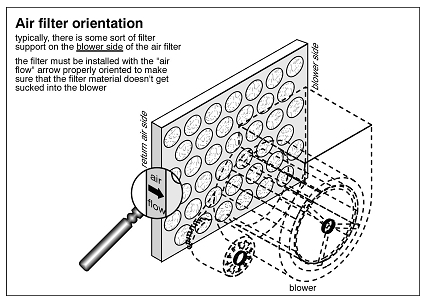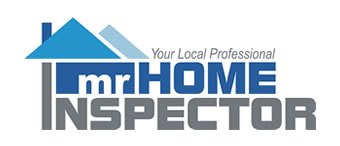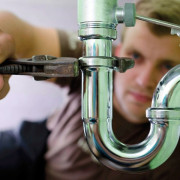Air Filter Checkup (Fall Furnace 101, Part 1 of 2) (Provided By Carson Dunlop)
Beautiful September weather does little to remind us that winter’s cold breath will soon be upon us. While you’re in the basement unpacking the Halloween costumes, take a moment to consider your furnace.
Check the Switches
While it is probably okay, it’s not a bad idea to stroll over to your breaker panel and make sure the breaker marked “Furnace” is on. If your A/C was on recently, you can rest assured the breaker is okay. Then head back to the furnace and look for the switch that controls the electricity to the unit.
Most furnaces have a switch that looks like a light switch controlling the electrical supply. In a new house, the switch is often on a wall or a support about 6 feet above the floor, near the furnace. In an older house, the switch is often on the basement ceiling, or high on a wall, near the bottom of the basement stairs. This allows you to shut off the furnace quickly in the event of an emergency, without having to get near the furnace.
Now that you finally know what that mystery switch is, check to see if it is ON. If not, the heat will not come on no matter how high you set the thermostat. It is embarrassing to write a $75 check for a technician to come to your house and flip a switch.
It’s now time to focus on the two primary maintenance jobs for furnace owners: the air filter and the humidifier. We’ll talk about the air filter now and save the humidifier for the next issue.
The Air Filter

When the outside air makes its way inside, pollutants like dust, dander and spores are added to the air which has already been exposed to urban car exhaust, smog, dirt and pollen. The result is a thick, soupy haze…that is entirely normal. While most people aren’t bothered by the usual level of air-borne particulates, some are more sensitive, and everyone is affected if the level becomes excessive. To remove many of the larger particles from the air, your furnace is equipped with a filter.
Most filters are simply screens of paper, metal or plastic mesh that allow air through but trap most of the dirt. Some of these are thicker for more surface area, and some have specially treated media. Electronic air filters use electricity to electrostatically attract even smaller particles. They have a metal cover, an on/off switch, and may have an operation light. There are those that dispute the quality of the air cleaning abilities of standard household filters. These people usually sell high-end systems. For most houses the normal filters will do, and if nothing else they help keep the furnace itself free of massive dust accumulations.
Where Is It?
The furnace filter is typically a one to two-inch wide slot (for conventional filters) or a six to eight-inch wide slot (for electronic filters) in the ductwork immediately beside the furnace air return duct. If you don’t see such a slot, your furnace’s air filter is accessed only by removing the furnace and/or fan compartment cover. Turn OFF the switch to the furnace before removing any covers.

What Do I Do?
Once you have located the filter, pull it out to have a look. Turn off the switch on the electronic air filter before opening the cover. For a regular filter, if the mesh looks dirty and/or the unit is more than 3 to 6 months old, throw it out (paper media or fiber glass) or clean it (metal or plastic media). For an electronic filter, make sure you turn off the unit’s power switch. There will be two washable metal screens called pre-filters, then two electronic cells looking like layers of metal plates. These can all be soaked and washed, every one to three months. Careful of the fine wires running down one side of each cell…they are easy to lose or break. Regular cleaning of the air filter is important for your furnace and your lungs.











